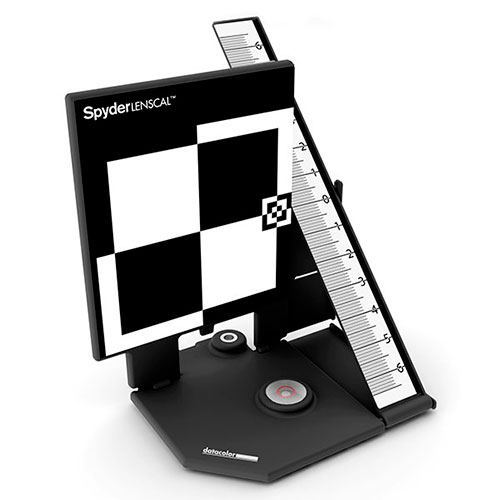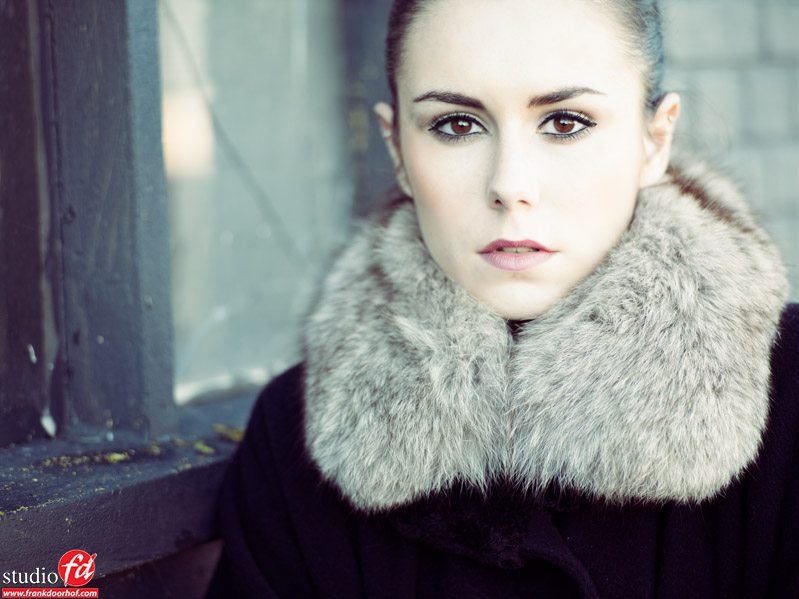Lens calibration yes or no
Lens calibration yes or no ?
As you probably have read in last weeks posts about the ColorMunki and the FAQ about calibrations I’m a huge supporter of calibration. Today a topic some people don’t think about, or maybe not even know about, the lens….. calibration.

Now some people will claim that this is a minor thing, and don’t get me wrong they will get great images (or at least it could be that they get great images) but when you want to deliver continuity and use actions for certain looks in Photoshop/Lightroom (etc) and want that all your images look the same you will have to take some steps in your workflow.
Read more



You must be logged in to post a comment.